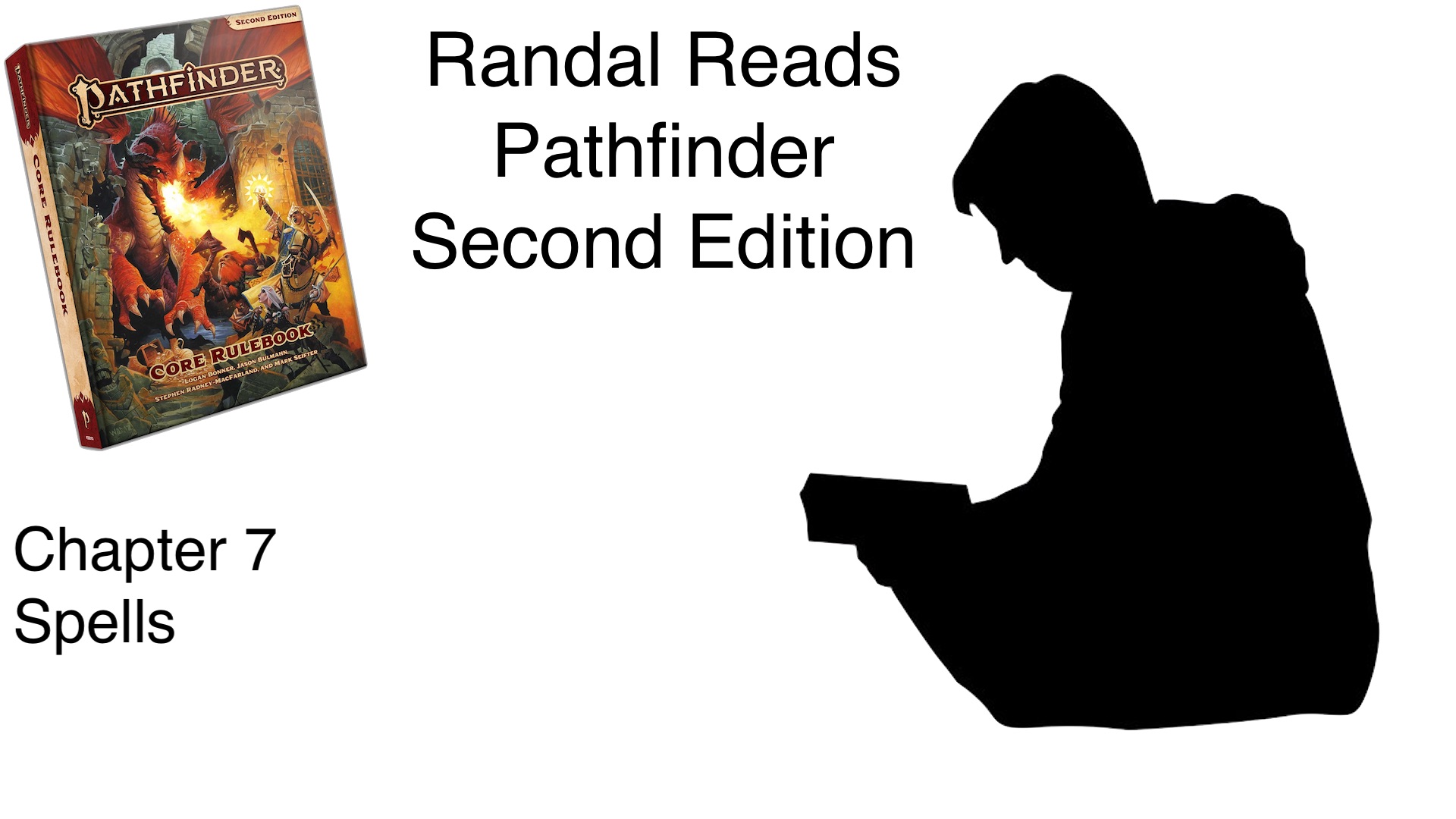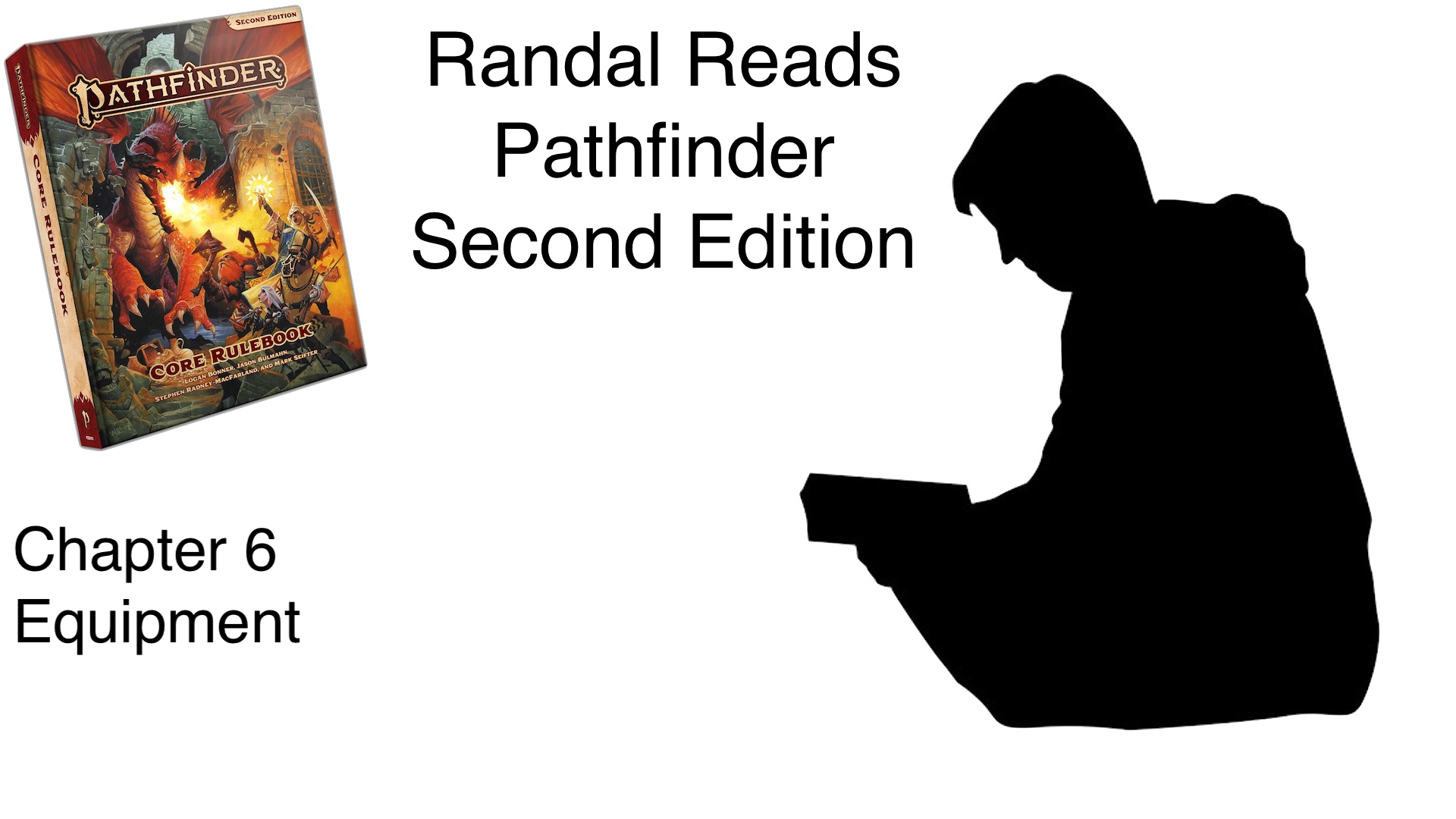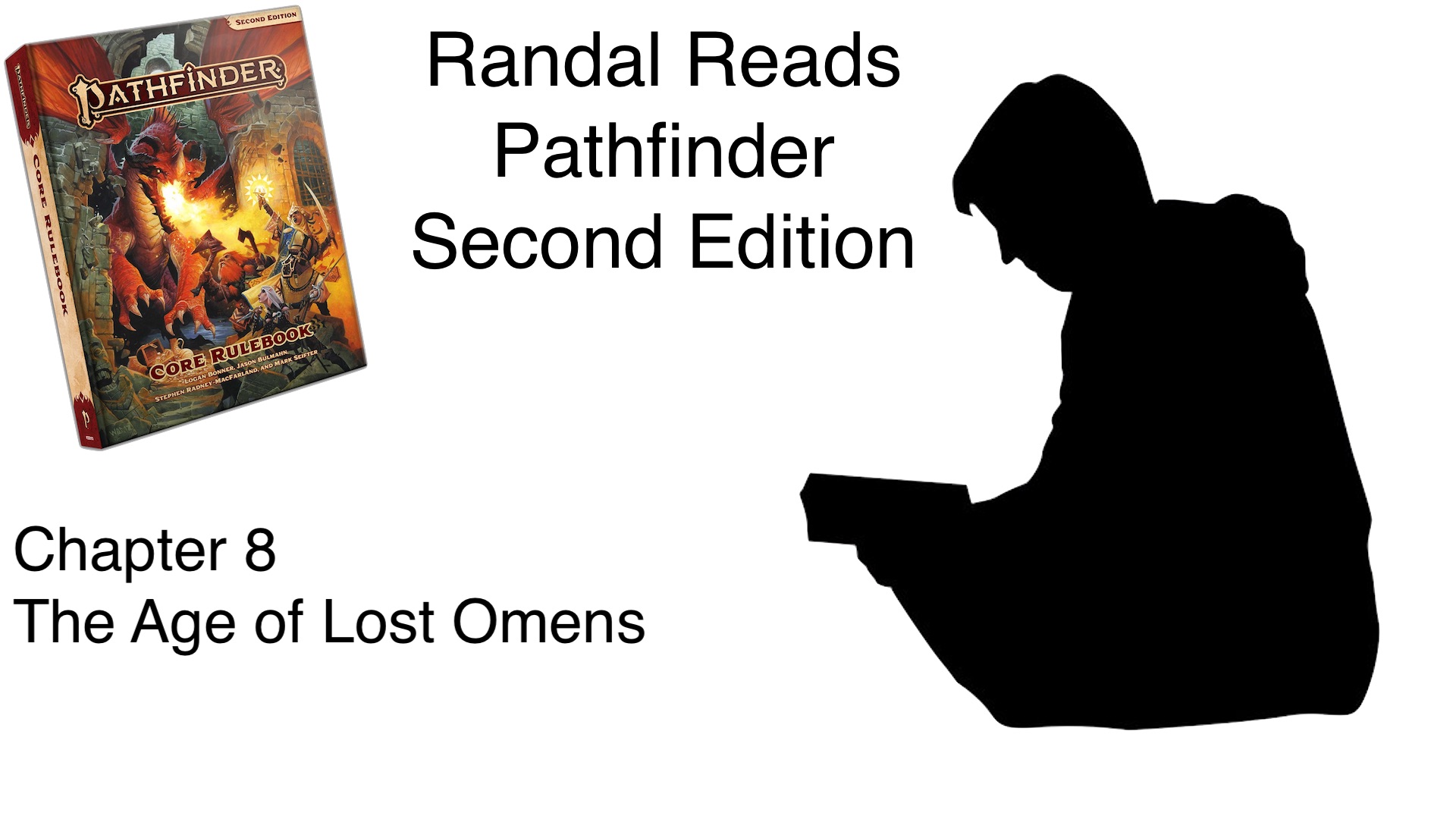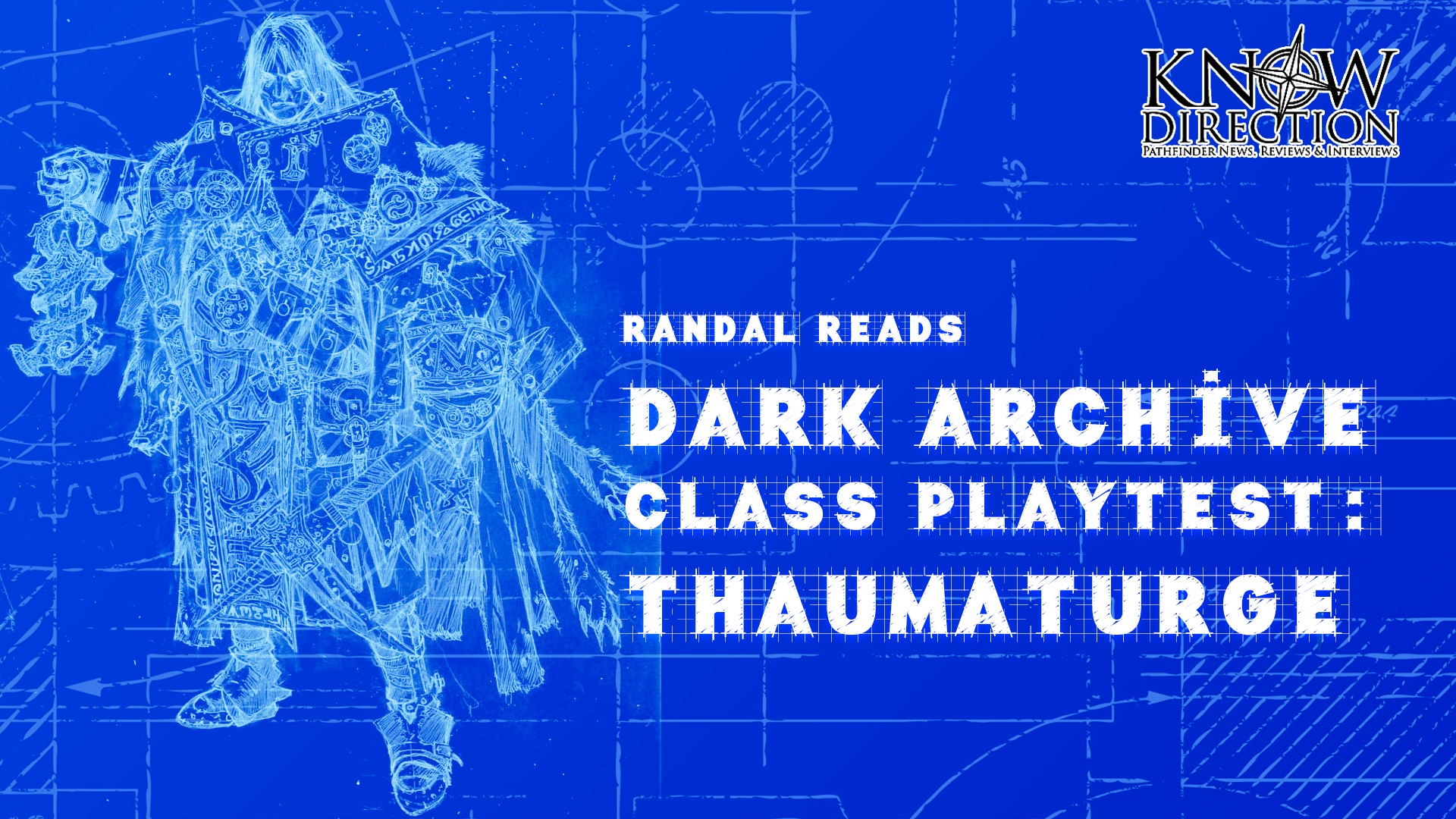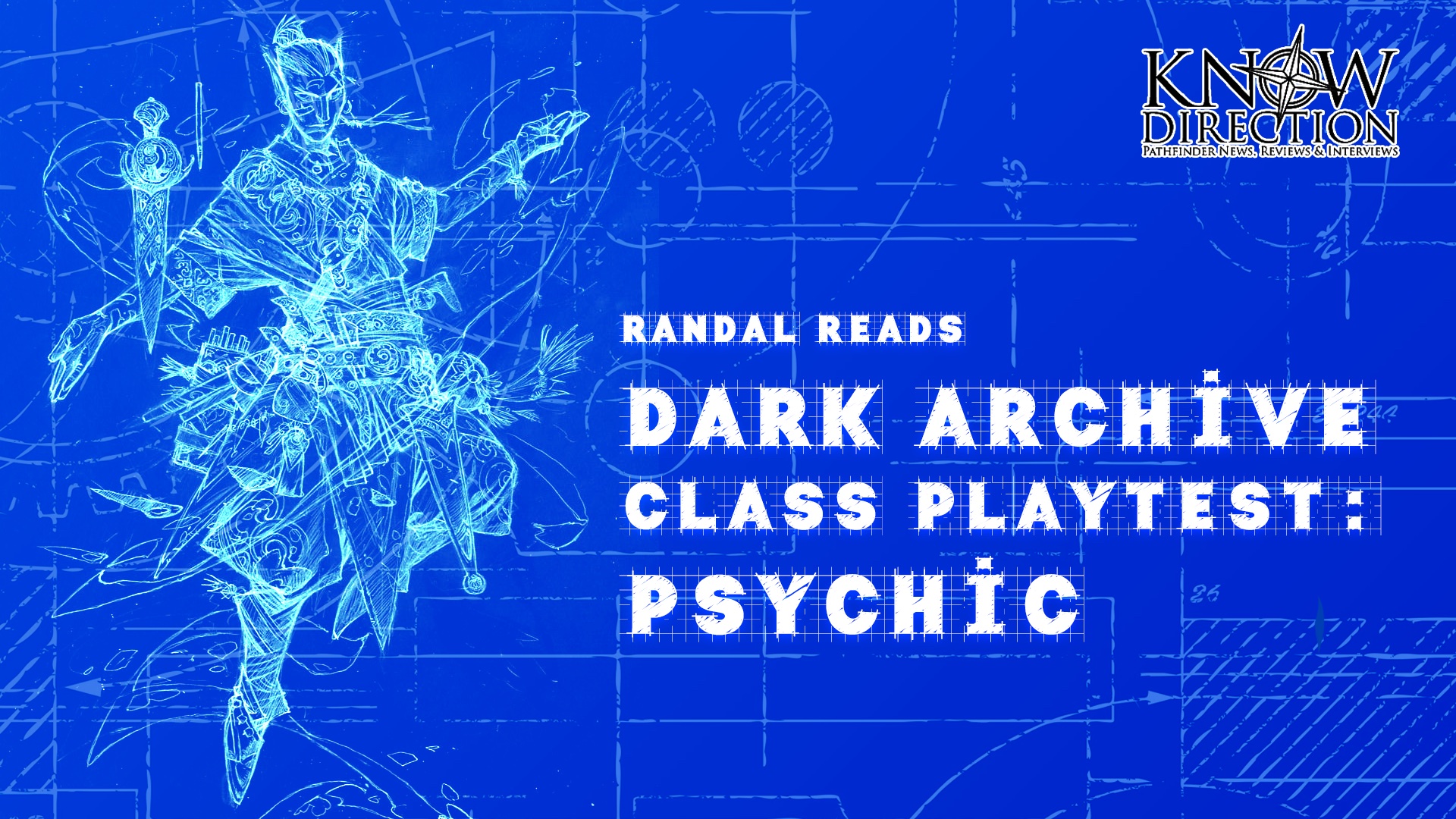Hello, and welcome to a special review of Pathfinder Second Edition. With most of the Know Direction team at Gen Con 2019, gluttonously consuming second edition in all its glory, most of our blogs are on hiatus. I, Randal, writer of Groundbreaking and Terraforming, am here to fill that void with a chapter by chapter review of the new core rulebook. This review is intended to simply be my take on the material as I read it, as first thoughts and impressions, and not a hard comparison of changes from first edition.
Chapter 7 – Spells
Finally, the best part of the book (I like magic)!!!! The descriptions on the Magical Schools was as expected. I liked the simplicity with which the the old descriptors are simply traits, and that divination now has prediction, revelation, and scrying and transmutation has morph and polymorph. They feel familiar and less complicated, which is always a good thing. The Magical Traditions and Four Essences are a great way to codify the differences in spellcasters and magic. I think this is one of the areas that shows just how much the devs have looked back on the past 10 years to improve the game without changing how it feels. To some, the occult seemed tacked on to 1e; and as a late addition to the game it can be argued that it was. The descriptions for traditions and essences bring to light how everything fits into the world of magic. Setting bard as occult really drives it home, and the occult sorcerers are just the cherry on the cake. There are some that might still find it jarring, but I think they will come around as they play more and see how it is all baked in now.

I felt the explanations for how spells are cast (prepared, spontaneous, and heightened) was a simple read with little confusion. The new mechanics for cantrips are a wonderful addition to the game. So many magical fantasies are based on casters with the ability to always do little spells that get better as they grow and it was sad to have to have your wizard always carry a couple weapons to help in combat when his one or two offensive spells ran out. Codifying all the non spell “powers” (champion abilities, monk abilities, bloodline and school powers, etc.) as focus spells is a nice way to simplify game mechanics. Once you know how a spell works, you know how cantrips work (just add heightening), and once you know how cantrips work you know how focus spells work, and even innate spells work!
I think the sidebars here were put to excellent use. Refresher on Spell Attack Roll and Spell DC. What happens when you disbelieve illusions is often a contentious topic, and especially so when you don’t often deal with illusions. Explanations for other spell traits are going to get a lot of attention for the first few years as players adapt to the new rules. Darkness and light are always an argument at tables, and the new minions/summoning rules are likely to trip people up. I found the new rules to be simplified in ways that will make them easier to play and adjudicate, but not overly so to annoy players. One thing we gotta remember is that the changes are accounted for in the new rules … so just looking at one off changes and complaining about how summoners can’t do X now isn’t valid (end tangent). The sidebar on Focus Points and Pool in regards to multiple sources was crucial; that type of explanation was left out here and there in 1e and sometimes led to conflicting and/or annoying errata and thus house rules. I noticed that “concentrating on a spell” is now “Sustain a Spell” and I think that was a good choice. “Concentrate” is already in use as a trait for actions, so using it differently in the context of magic and spells would be detrimental. Identifying Spells section called out that if you see it cast and have it in your repertoire (or prepared currently) that you automatically identify the spell, if not you can Recall Knowledge; but you must Identify Magic if you didn’t see it cast but observe effects.. I don’t recall reading prior to now that you could auto identify spells, so I am glad I am reading this book word for word.

The spell lists. Ahh. All the spells you can ask for, listed by tradition and level and … *record scratches* These lists are ugly and jumbled and hurt my eyes. I can only assume that using three columns somehow allowed them to save on pages … because, you know, there were no other ways they could have saved on pages before now. The playtest listed the spells the same way, but did not include a short description. Having a short description is absolutely handy when you are quickly scanning a list of spells … but almost every single spell ends up wrapping onto a 2nd line, and for those that stay on a single line there is at least one in the column that uses 3 lines. These 9 pages of spell lists make me so glad I am crafting my own web-based searchable list of spells (for my updated spell manager / spellbook generator). I play a lot of casters, and these pages are a turn off.
I don’t see any spell/tradition assignments that I disagree with. I noticed that fly and teleport were bumped a level each, which implies that they want characters to be grounded (pun intended) much longer into their careers. I don’t think I have a problem with that as a player, and I certainly don’t as a GM. Again, I am really enjoying these cantrips that scale up … often adding an extra die of damage for every spell level they increase. Other familiar spells have been altered to account for changes in how skills and action economy has changed.. Jump, for instance, simply spend one action (somatic) to jump 30 feet in any direction with a single leap; as opposed to previously providing bonuses on jump checks. Magic missile, as a staple spell from days of old, is also appropriately awesome with the new action economy (1 missile per action used; more as it heightens). Of course, we can’t forget 10th-level spells … Nature Incarnate allows your druid to become a Kaiju!!! The use of rarity is such a simple addition that will help GMs adjudicate when PCs get to plane shift or scry. While it was always up to the GM ultimately, the inclusion of rarity in the rules will give newer or meeker GMs a little bit more power over those players that tend to push the boundaries. 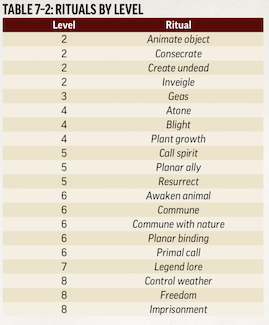 I was glad to see they kept the focus spells separate from the regular spells, and sorted by class was even better..
I was glad to see they kept the focus spells separate from the regular spells, and sorted by class was even better..
Rituals. Such a great way to keep things like create undead and resurrection in the game but to change how they operate to give them more flavor and require the party to work harder for them.
In the interest of sanity … and completing this review, I have not read every single spell yet. But from what I have read, one of my favorite spells is the simple Shield spell.
Tune in tomorrow for Chapter 8 – The Age of Lost Omens

